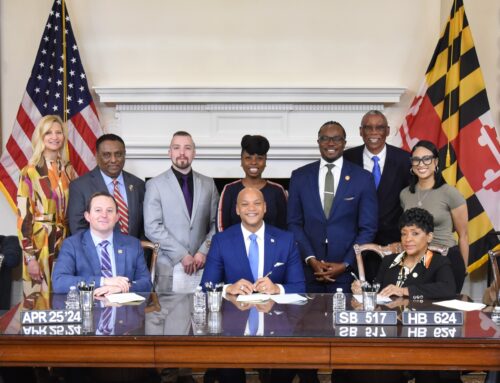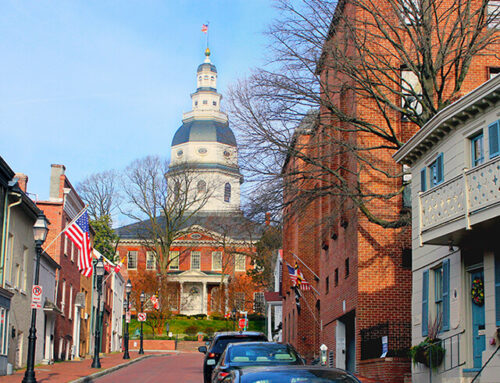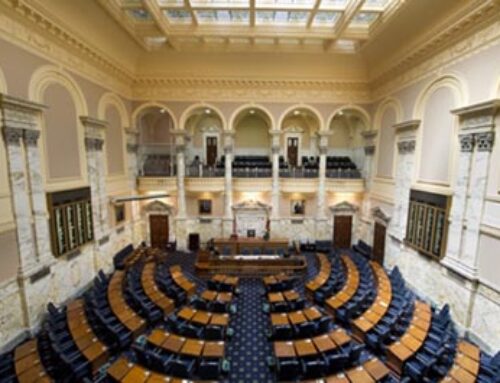Governor Hogan has proposed $1.45 billion in budget cuts across state government to offset revenue losses due to the coronavirus pandemic. Reductions include eliminating employee raises, cutting vacant positions and reducing funding for programs ranging from school security to prosecuting violent crime in Baltimore.
The proposed changes were released in advance of a meeting Wednesday, July 1 of the state Board of Public Works, which has the authority to cut the budget. A total of $672 million of the cuts are scheduled for a vote at the meeting. The remaining $845 million in cuts requires General Assembly approval and will be presented to the legislature in January in the form of a Budget Reconciliation and Financing Act.
As reported by the Baltimore Sun,
Layoffs were not part of the Republican governor’s proposed spending reductions Friday, however, and Ricci said he hoped unions for state employees will work with state officials to avoid them.
But the proposals included several actions that would impact state workers, according to the Department of Budget and Management.
Officers at state law enforcement agencies, such as the Maryland State Police, would not receive a 5% raise for which they previously negotiated. It was supposed to start Wednesday, the first day of the state’s new fiscal year.
Other state employees who agreed to a 2% raise starting next January wouldn’t see that extra money.
As reported by Maryland Matters,
The Hogan plan eliminates 92 positions. It also seeks $95 million in salary reductions across the state workforce. And it reduces agency spending (in some cases the maximum 25%), draws $38 million from the state’s reserve fund, and shifts certain pay-as-you-go capital items to become debt-funded.
Among other actions recommended by the administration
- State-supported colleges and universities would lose 9% of their funding, $150 million;
- The Maryland Higher Education Commission would see a 10% reduction, $57 million;
- Maryland’s disparity grant program, which is intended to help lower-income counties that lack the ability to raise large sums through the property tax, would take a $40 million hit — or 21.5%;
- The Departments of Health and Education would each take a 1% cut, $70.7 million and $57 million, respectively.
A complete list of the reductions to be considered by the Board of Public Works can be found on the BPW’s website.





